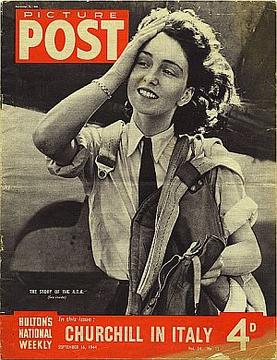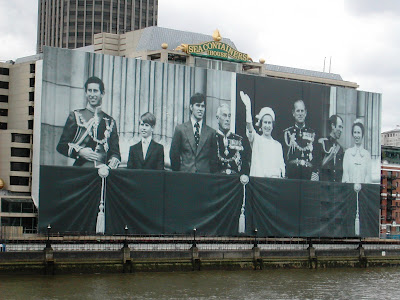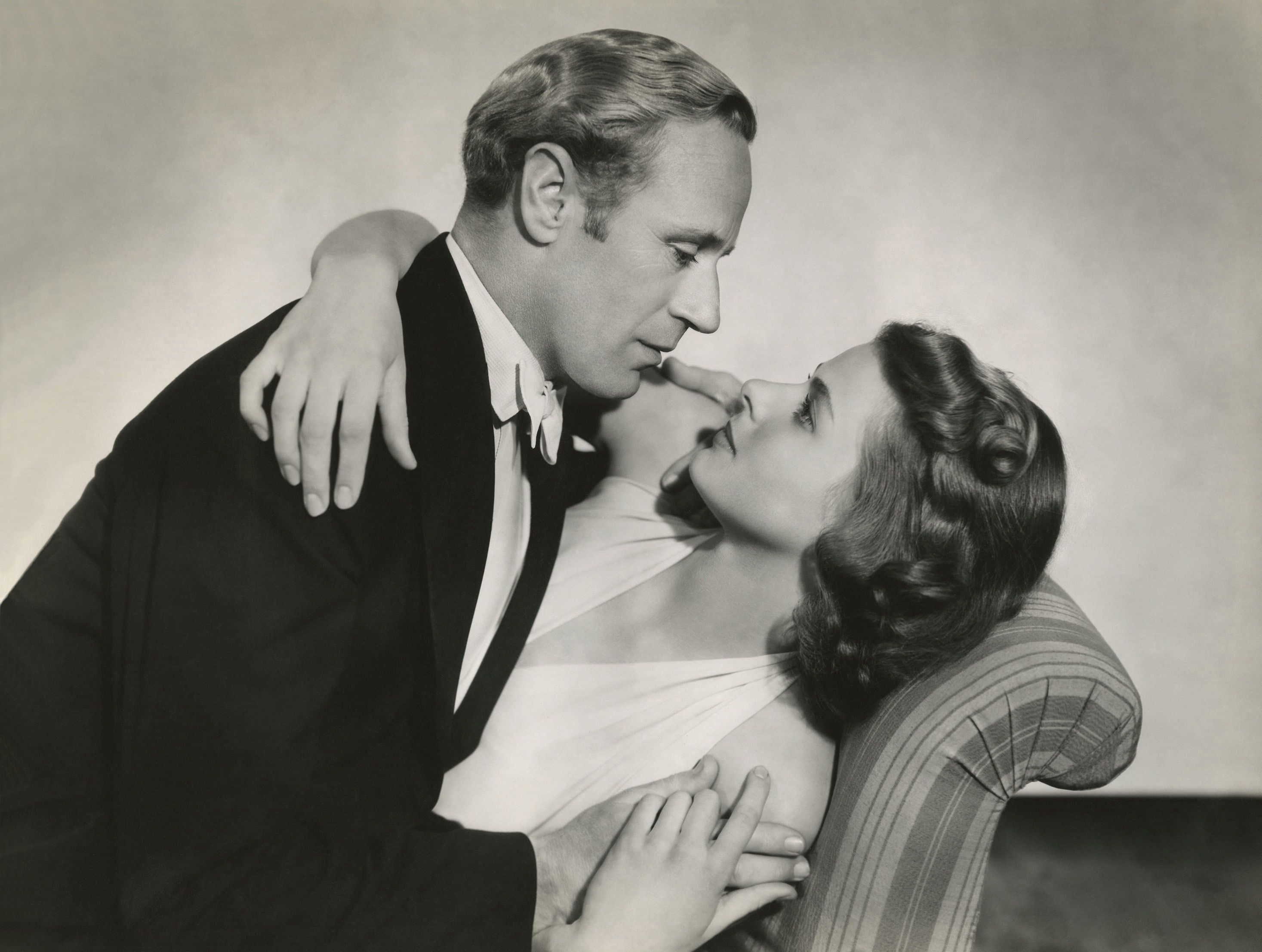 |
| All images courtesy of Doctor Macro. |
A consumate theatrical and film actor, producer and director Howard was at home in his typical character of the intellectual, stiff upper-lipped Englishman with more than a hint of absent-mindedness - the latter often little more than an affectation used to deceive (although his friend - and previous Style Icon - David Niven once said of the off-screen Howard, "He was not what he seemed. He had the kind of distraught air that would make people want to mother him. Actually, he was about as naïve as General Motors. Busy little brain, always going." Perhaps that was why he was so good at rôles that required such a performance).
This is one of the reason why I like Leslie Howard so much - he is not the man of action in the same way as Cary Grant (or even Niven) or many of his other contemporaries; he is a thinker and is great for using brain rather than brawn in many of his parts. He is proof that the sensitive, scholarly type can be just as effective and as attractive as a tough guy. Attractive to the ladies both on and off screen - the latter a trifle too much, by all accounts (including Howard himself who once claimed "I didn't chase women but… I couldn't always be bothered to run away").
Like so many of his generation Leslie Howard served in the Army during the First World War but was invalided out in 1916 after suffering from shell shock. Acting was suggested as a way of recovery. Despite his success in Hollywood (and on Broadway) and an affinity with the United States Howard remained ever patriotic, always speaking highly of his home country. When the Second World War began he returned to Britain and became heavily involved in the war effort (an action that would eventually lead to his demise), creating two of his most famous films "Pimpernel" Smith and The First of the Few as well as giving lectures, writing articles and delivering radio broadcasts. While several of his expatriate co-stars also returned to do their bit, Leslie Howard's brand of loyalty to me always seemed something different, something more - a kind of thoughtful patriotism perhaps best illustrated in this quote:
Britain's destiny ... has been to uphold tolerance in religion, thought, speech, and race--the mainspring of democracy. We have still far to travel on the road to true democracy, but ... Britain, with her great gifts and strange inconsistencies had helped populate five continents and shown that the white man and the coloured man can live in peace together. We have also taken the Roman ideal of just administration, the Greek ideal of democracy and freedom of art, and the French tradition of the family unit, along with the Norse courage and loyalty and the Christian faith. Like all people, we have made some mistakes and have committed some crimes during our history, but we can say that we have built something worthy of our defence. We can look at our record without shame.
To return to Howard's general appearance and demeanour (both on and off camera) - has anyone ever looked better wearing round-rimmed spectacles, stout tweeds or standing on a foggy railway platform wearing an overcoat with turned-up collar and a carelessly-donned trilby? Even better is that this is a look that can be more easily achieved than any that has come before, as it revels in the fact that fastidiousness and exactitude are not necessarily required. The slightly wild spearpoint collar doing battle with the v-neck of a sleeveless pullover topped off with a heavy tweed jacket, the aforementioned trilby sitting atop one's head. If you can cultivate a slightly detached dreaminess (or just be blessed with it) even the smartness of evening wear (or period costume should you want to emulate Howard's Sir Percy Blakeney or Ashley Wilkes!) should not pose a difficulty. Maybe that is another reason why I admire Leslie Howard - for being a natural Englishman who one can not only look up to but also come close to imitating. Only close, mind you, for as with all my Style Icons Leslie Howard is ultimately the embodiment of gentlemanliness.


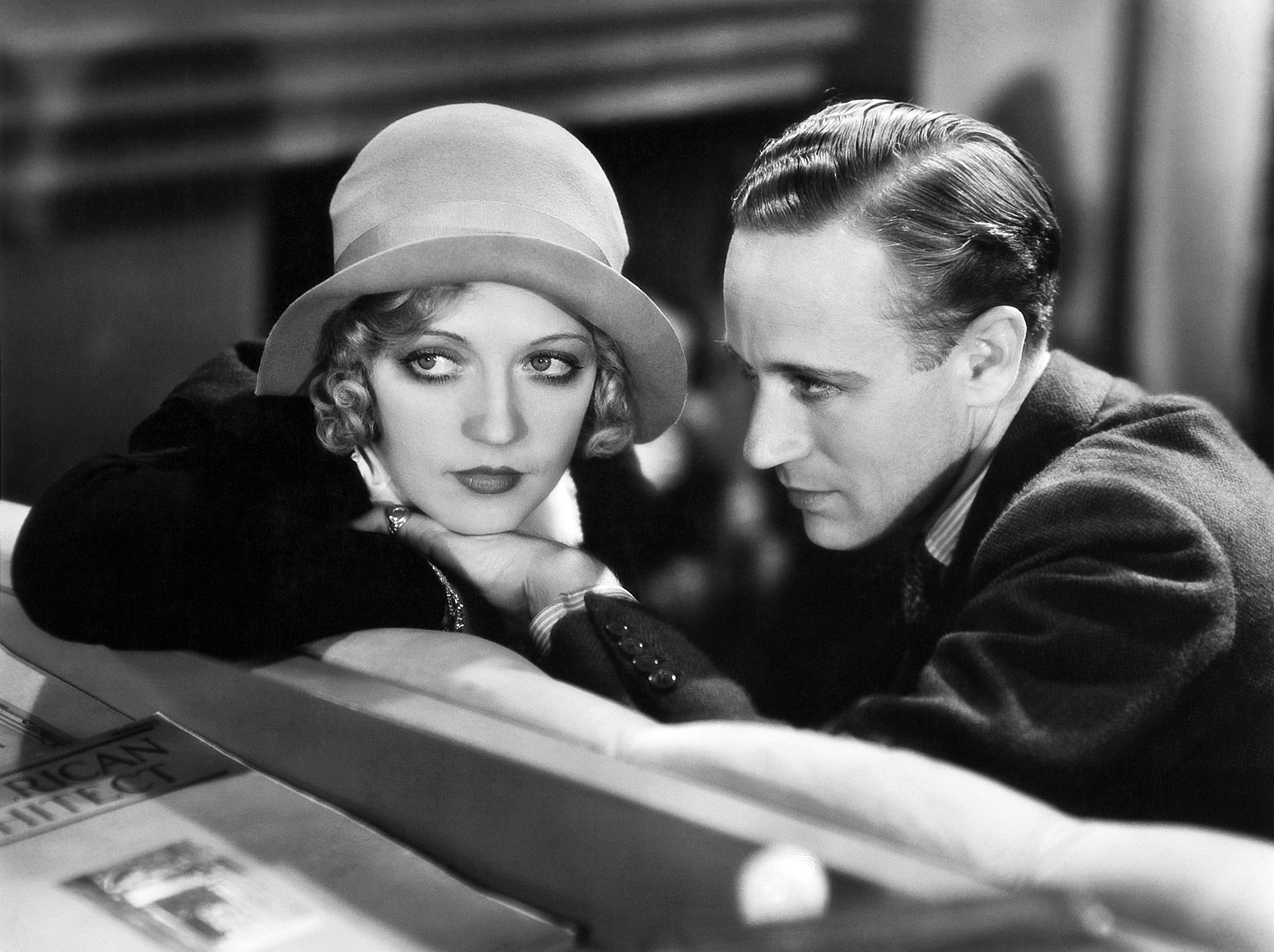
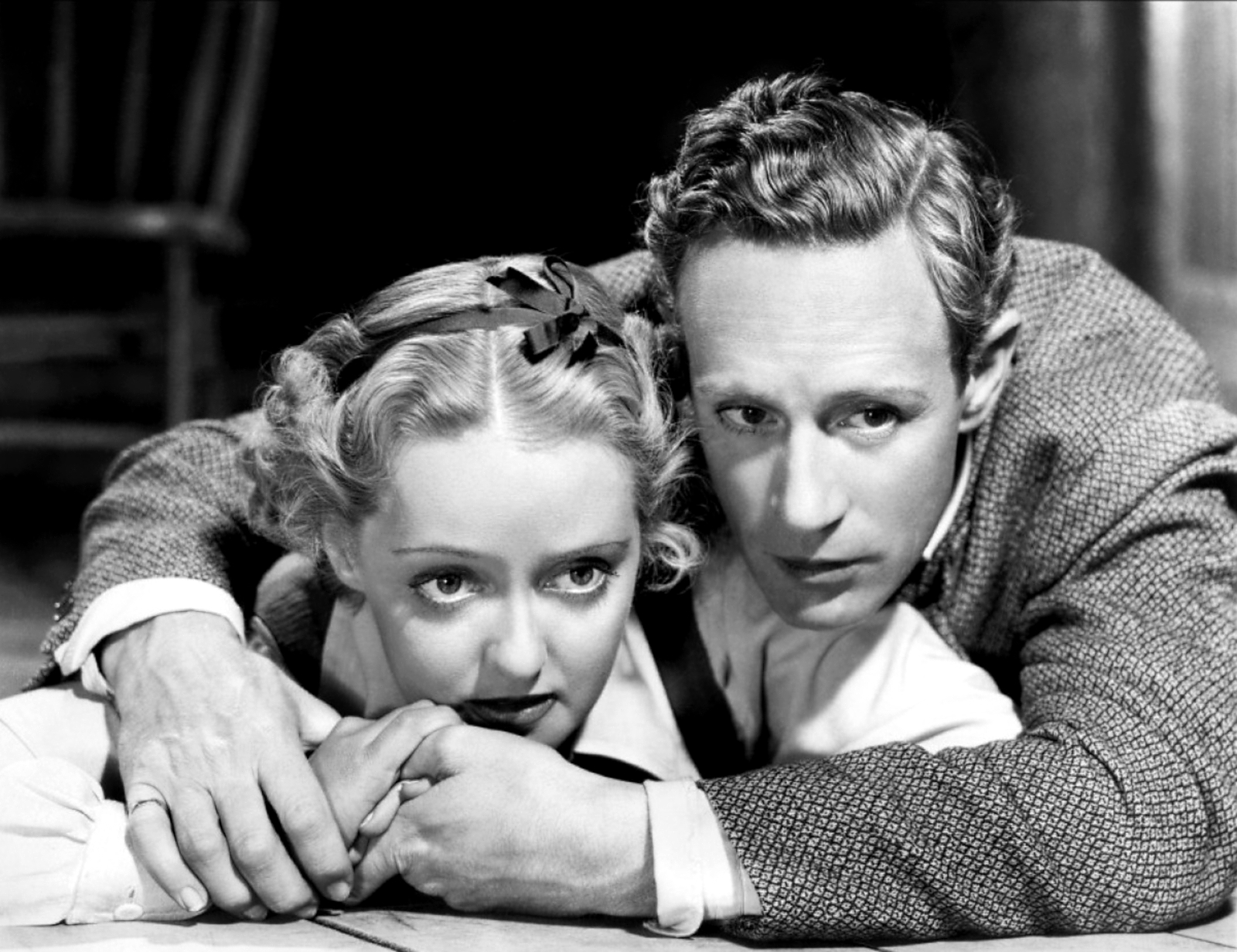
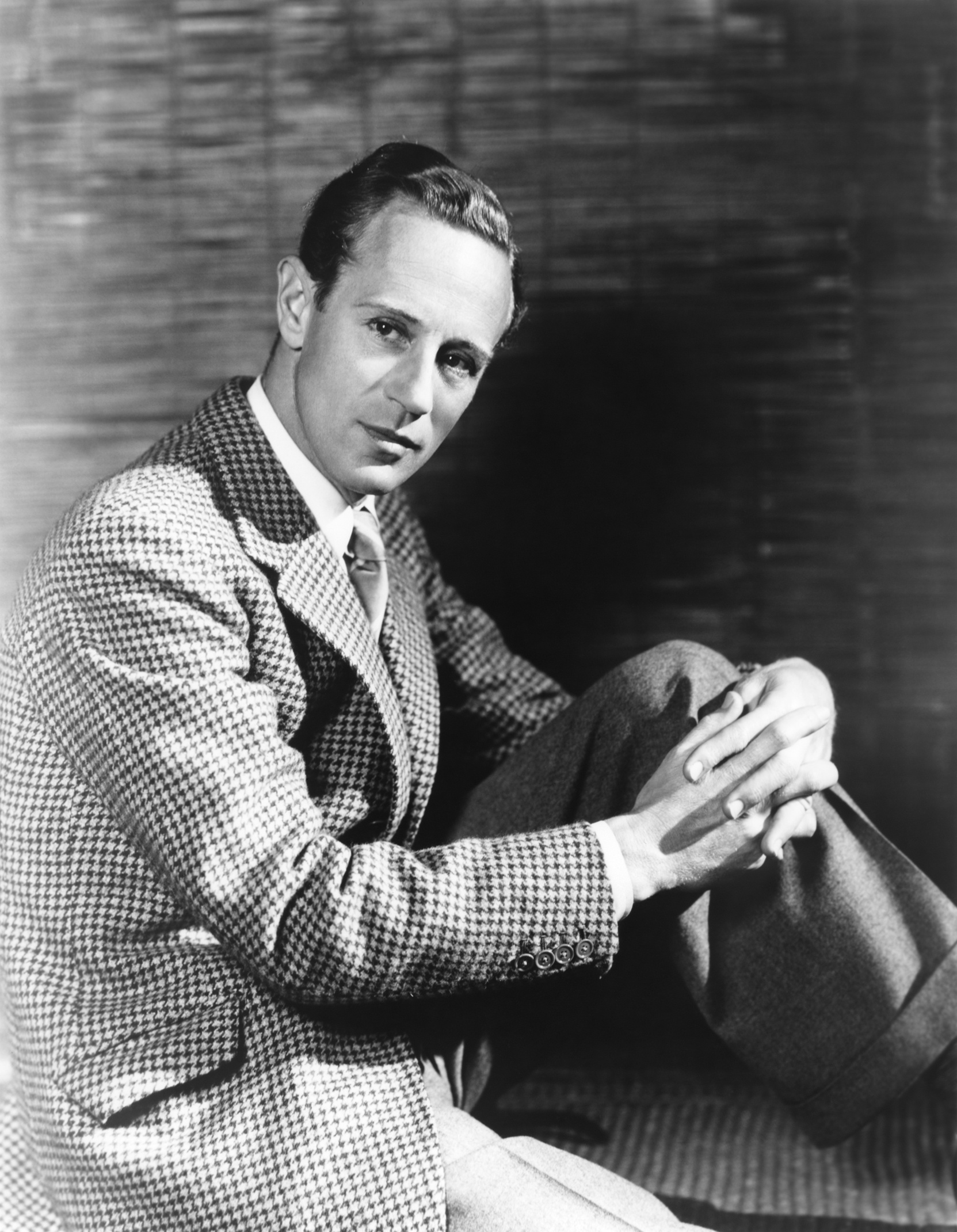



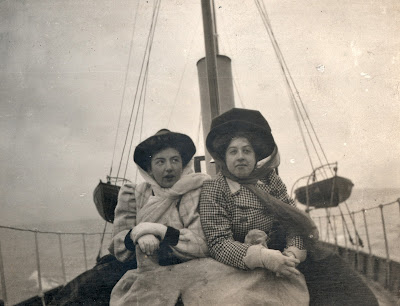













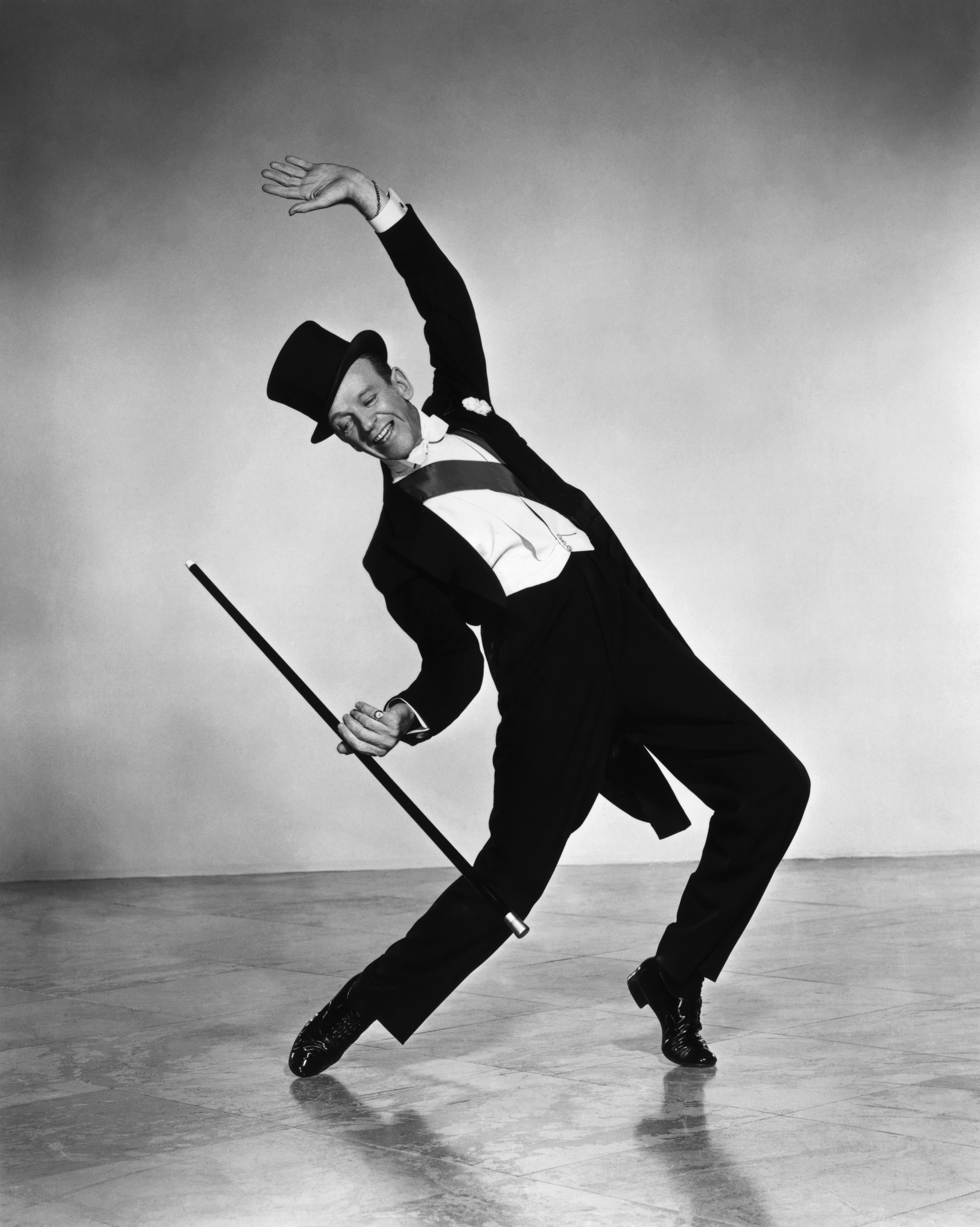
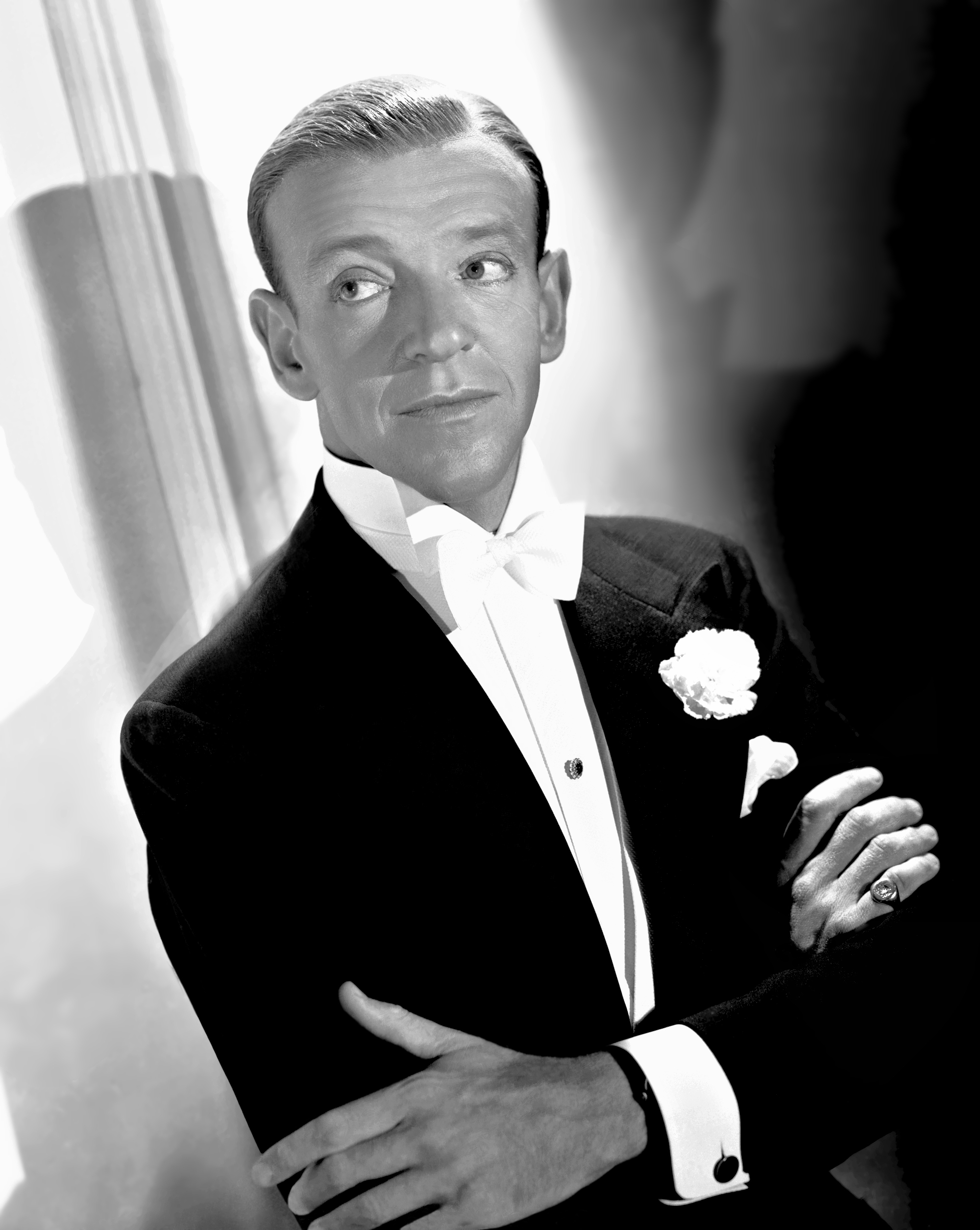


_Artist_Marc_Stone.jpg)

